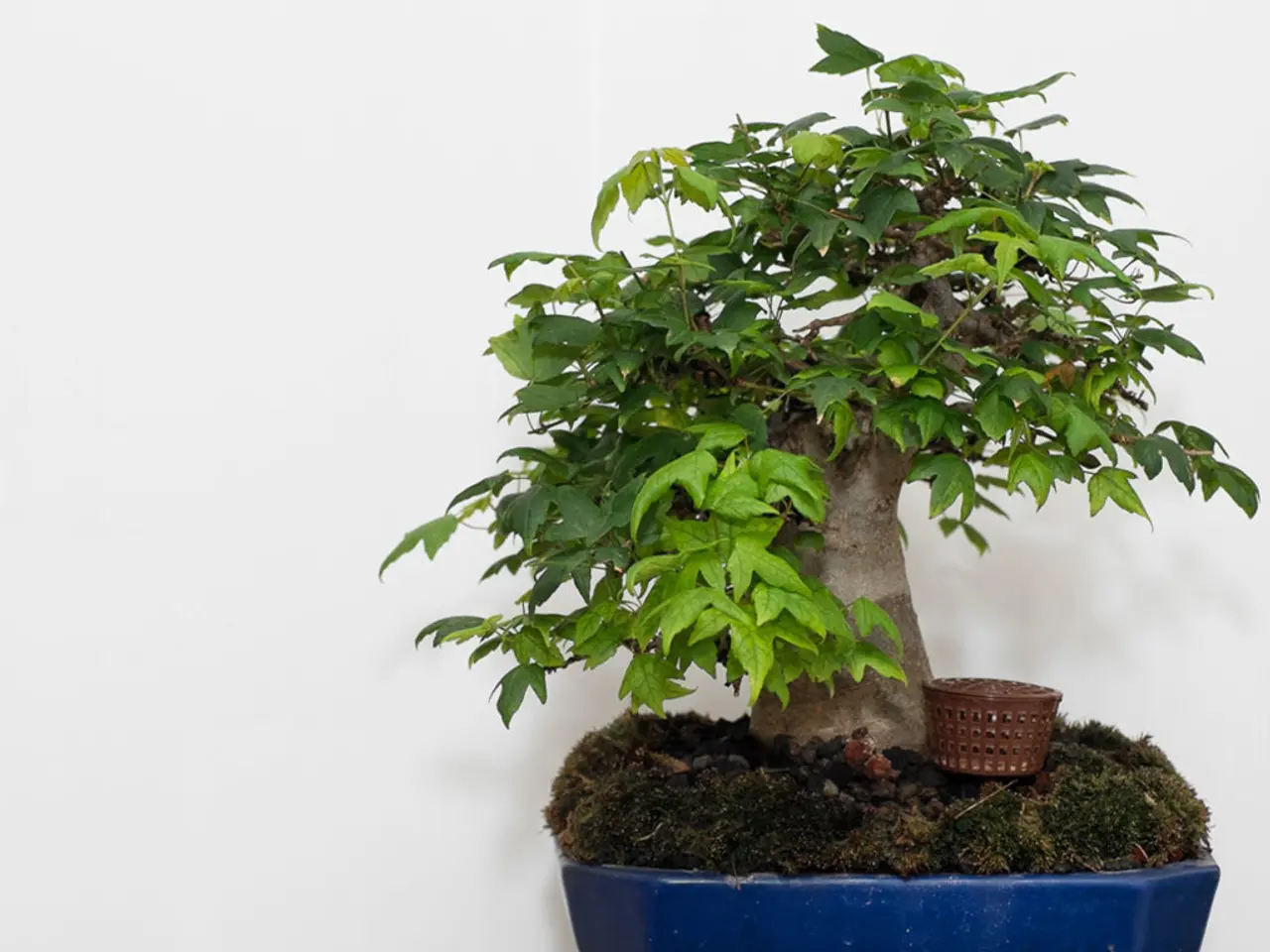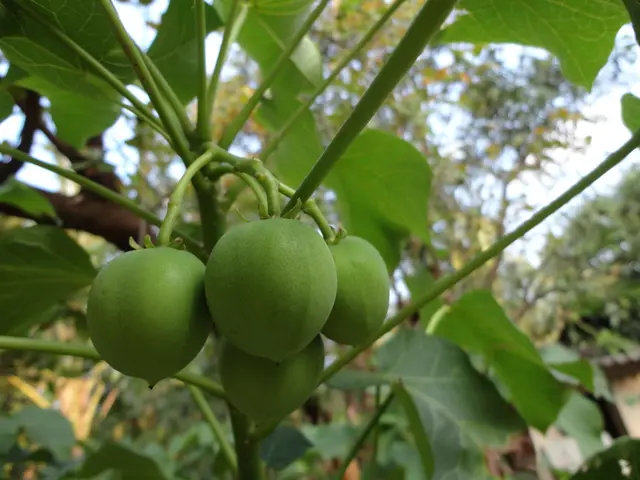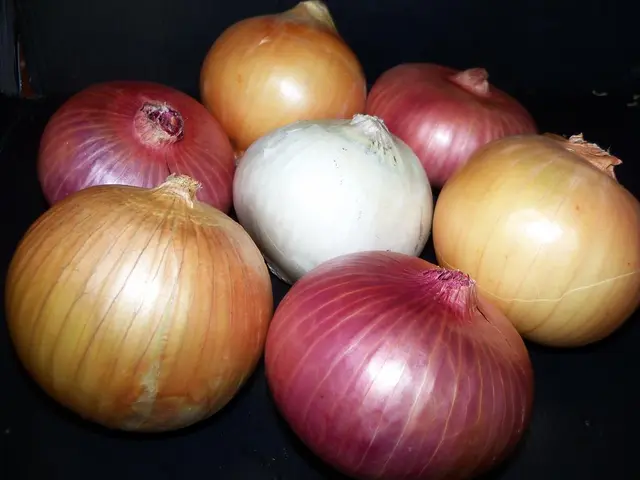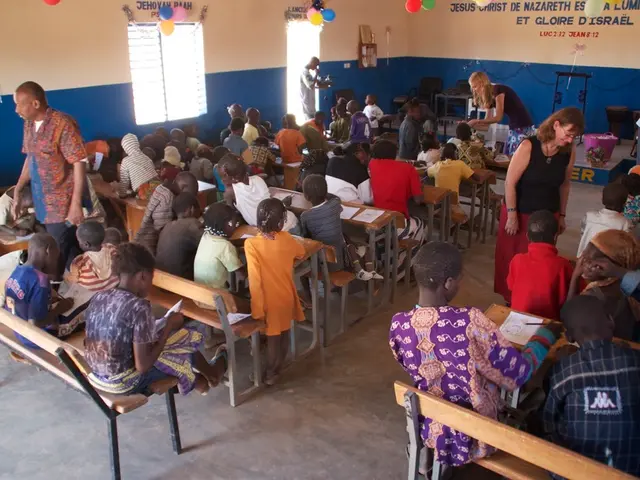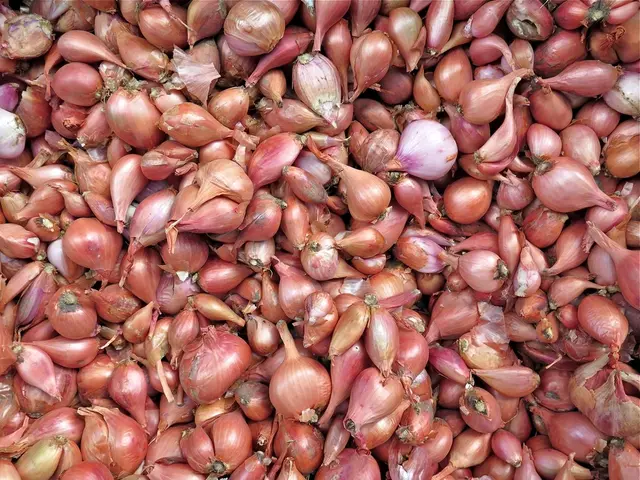Grafting Techniques for Bonsai: Ensuring Successful Joining of Plants
In the captivating world of bonsai, grafting plays a pivotal role in creating unique and beautiful trees. Successful bonsai grafting requires precision, patience, and a deep understanding of the essential tools, techniques, and post-grafting care.
To begin, the right tools are indispensable. A sharp bonsai knife or grafting knife is crucial for making clean, precise cuts through the bark and cambium layers. To keep the blade sharp and prevent infection, a sharpening stone and oil are essential. Some bonsai enthusiasts even opt for specialized bonsai oils with antibacterial and fungicidal properties.
Grafting tape or parafilm is another essential tool, used to bind and seal the graft union to prevent drying and infection. An alcohol-based cleaner is also necessary for disinfecting tools to reduce the risk of infection. Depending on the grafting method, pruners, wire, and rooting hormone may also be required.
The technique of bonsai grafting involves several key steps. First, the selection of scion and rootstock is essential, as compatible species or varieties with healthy cambium layers should be chosen. Using a sharp knife, the scion and rootstock are cut and prepared, with clean cuts made through the bark and cambium to expose the heartwood or softwood. The cambium ring is then peeled or shaped for a matching union.
There are various types of grafting, with common methods including whip and tongue graft, approach graft, and cleft graft. Approach grafting is often used in bonsai to combine branches or trunks. Alignment of the cambium layers is crucial for a successful union, and the graft should be bound tightly with grafting tape or parafilm to maintain pressure and moisture.
Post-grafting care is vital to ensure the newly joined trees fuse and grow harmoniously. The graft should be protected with grafting tape to prevent drying out and infection. The bonsai should be kept in a humid, shaded area to reduce stress and promote callus formation. Regular inspections for signs of infection or failure are necessary, and the tape should be removed gradually once healing is evident.
Watering and nutrition should be maintained properly, with balanced fertilization supporting healing. Maintaining consistent moisture, minimal pruning, and avoiding overwatering are essential for successful post-grafting care. Grafting requires careful attention and patience, as the union develops over weeks to months.
Understanding bonsai species compatibility is crucial for successful grafting, as some species may not fuse well with others. Different bonsai species require unique grafting techniques due to their distinct characteristics, growth patterns, and responses to grafting. Ideal conditions for post-grafting care include temperatures of 65-75°F (18-24°C), humidity of 60-80%, and filtered, indirect sunlight.
Proper handling and storage of bonsai materials can reduce the chances of a successful graft. Insects can also damage grafted bonsai trees, and prevention measures include daily inspection, isolation, and application of insecticidal soap or neem oil.
In conclusion, successful bonsai grafting demands precise cuts with sharp, clean tools, proper alignment of cambium layers, secure binding, and attentive post-grafting care in a controlled environment. With the right tools, techniques, and care, bonsai enthusiasts can create stunning, unique trees that will captivate and inspire for years to come.
During the process of bonsai grafting, not only are the right tools essential, but also the proper implementation of technology in home-and-garden practices can enhance the experience. For instance, data-and-cloud-computing platforms can help in tracking the growth progress of the bonsai, allowing gardeners to optimize their lifestyle and care routine accordingly. Additionally, gardening may benefit from technology advancements, such as automated irrigation systems, ensuring consistent watering for successful bonsai growth and a flourishing home-and-garden environment.
